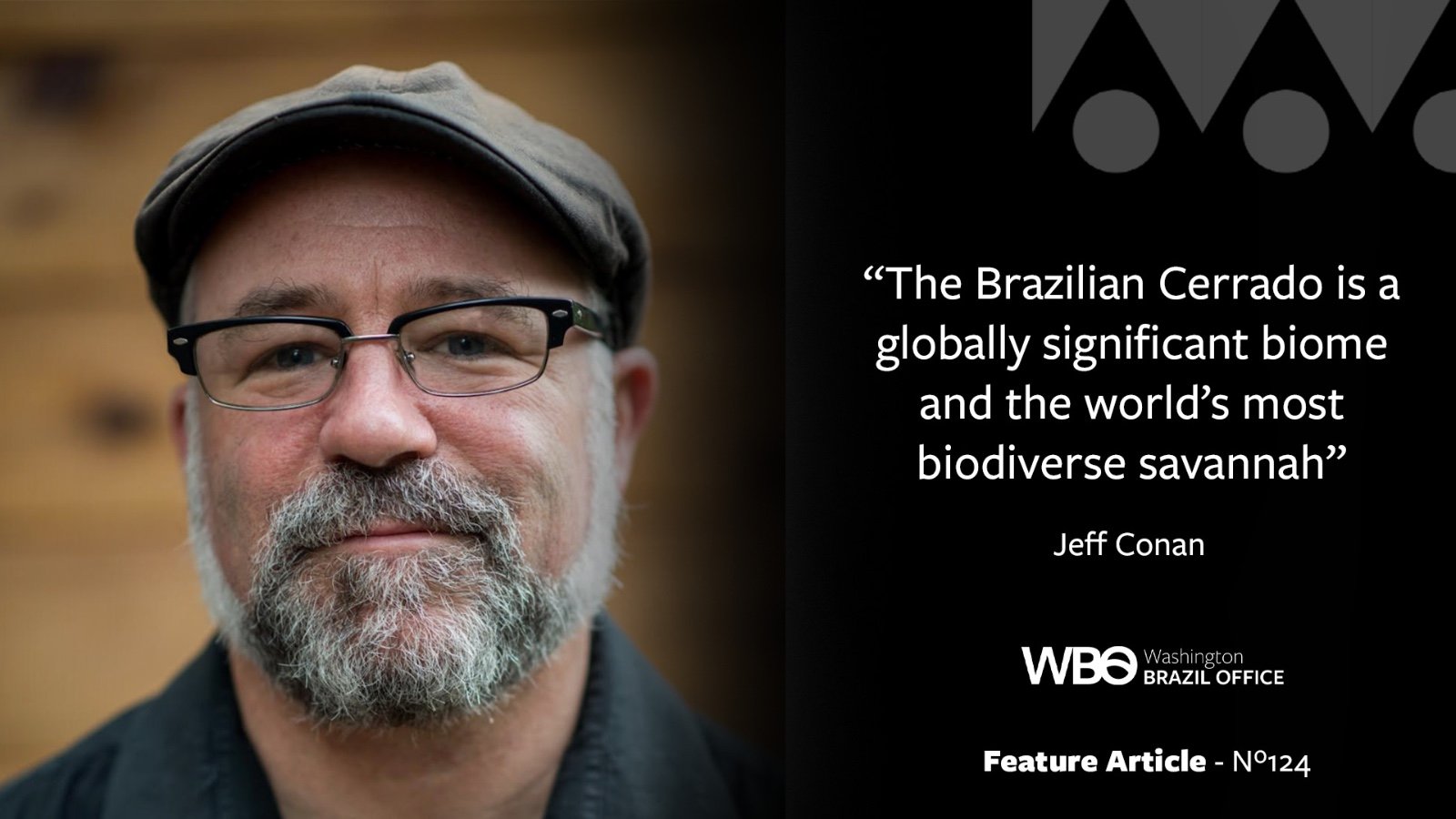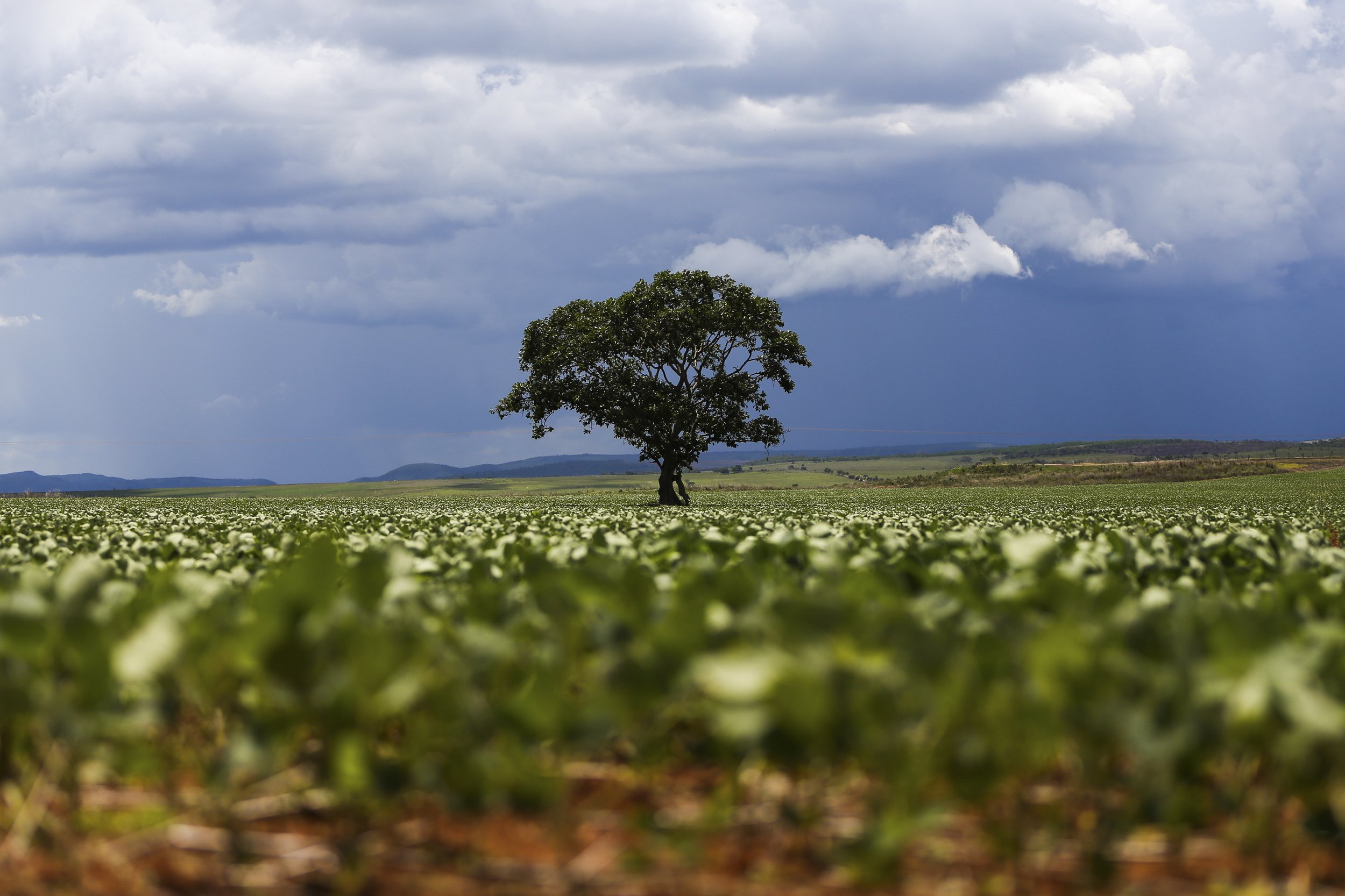How Land Speculation Drives Environmental and Human Rights Violations in Brazil’s Cerrado
Jeff Conant, Senior International Forests Program Manager, Friends of the Earth U.S. This article was written for issue 124 of the WBO weekly newsletter on July 5, 2024. To subscribe to the newsletter, simply enter your email in the form at the end of the article.
With global temperatures breaking records year after year and wildfires, floods and extreme weather events ravaging countries across the world, there is little question that the climate emergency is the greatest threat facing the world today. The burning of fossil fuels is the leading cause of climate emissions, rightly placing the question of a global energy transition at center stage of environmental decision-making. But it is also critical to act on the second leading cause of climate change – deforestation.
The loss of forest ecosystems is at the intersection of many issues: the climate crisis, the biodiversity crisis, the depletion of fresh water, and an epidemic of violence against environmental human rights defenders. With its vast forests and troubling history of conflicts over land and resources, few countries on earth embody these challenges more than Brazil. And while thought of Brazil’s environmental issues may immediately bring to mind the Amazon rainforest, widely revered as “the lungs of the earth,” a less well-known region, the neighboring Cerrado, is equally in need of attention.
The Brazilian Cerrado is a globally significant biome and the world’s most biodiverse savannah. It is home to Indigenous, quilombola (Afro-descendant), and other traditional peasant communities that have lived on the land for generations, as well as home to 5 percent of the world’s plant and animal species. Tragically, the Cerrado is also ground zero for Brazil’s soy industry, where vast areas of native vegetation have been destroyed and converted to industrial monoculture soy plantations. According to the National Institute for Space Research, more than 10,688 square kilometers of native Cerrado vegetation was destroyed in 2022 – an increase of more than 25 percent over the previous year, and the numbers continued to increase to over 11,000 square kilometers in 2023 – the first year in which deforestation in the Cerrado surpassed that of the Amazon.
Soy monocultures occupy more than 4 percent of Brazil’s territory, with half of that in the Cerrado biome, clearly making agribusiness the leading driver of the Cerrado’s deforestation. But in a series of recent reports by the Brazilian Network for Social Justice and Human Rights and Friends of the Earth U.S., we show that a more insidious cause lurks below the surface: financial speculation in land.
Make it stand out
Whatever it is, the way you tell your story online can make all the difference.
As documented by the Network for Social Justice and Human Rights, the price of land used for soy production in Brazil has risen 127 percent on average over the past three years. This has fueled land speculation in the areas where the soy industry is growing, such as the Cerrado region in the states of Piauí and Bahia. Despite the fact that many corporations such as U.S.-based Bunge (the largest exporter of soy from Brazil), have adopted “zero deforestation” policies, such speculation drives a complex trend that we might term “farm laundering” – and continues to enable deforestation.
The process begins when politically connected but corrupt interests conspire with a notary office to create a false land title for a rural property, which is often claimed by peasant communities whose land rights are not fully recognized by the state. Then, the supposed “owners” evict the peasants, often violently, even though the peasants’ land rights are legally guaranteed by the Federal Constitution. The new “owners” then deforest the land, and, after a short cooling off period, offer the “new” farm for sale to rural real estate interests, who then lease it to soy producers.
Corporations operating in the region include SLC Agrícola (the largest soy producer in Brazil), Insolo (formerly owned by Harvard University) and Radar/Tellus (a joint venture of Cosan, a Brazilian sugar company and TIAA, a U.S. retirement fund), and U.S.-based agribusiness giants like Bunge, Cargill and Archer Daniels Midland.
The process of “farm laundering” is often further shielded by complex corporate structures. For example, a 2023 investigation found that “TIAA and COSAN used a complex network of companies to make their Brazilian land purchases,” purchasing more than 30,000 hectares of land from a real estate dealer who had been “charged with corruption and money laundering in which Brazilian judges were allegedly paid for favorable decisions in land disputes.”
In the face of intensifying environmental and human rights violations, advocacy groups like Friends of the Earth are calling on the Brazilian and U.S. governments to reign in land speculation and halt the expansion of soy plantations in the Cerrado, building on the successful Amazon Soy Moratorium. Companies active in the Cerrado should respect the land rights and self-determination of communities on the ground. And, as Indigenous peoples are often the best protectors of land, forests, and biodiversity, collective titling processes should be prioritized in order to protect the rights of Indigenous, quilombola, and other traditional communities in this globally important biome.
Sign up for updates from Rede Social de Justiça e Direitos Humanos.


